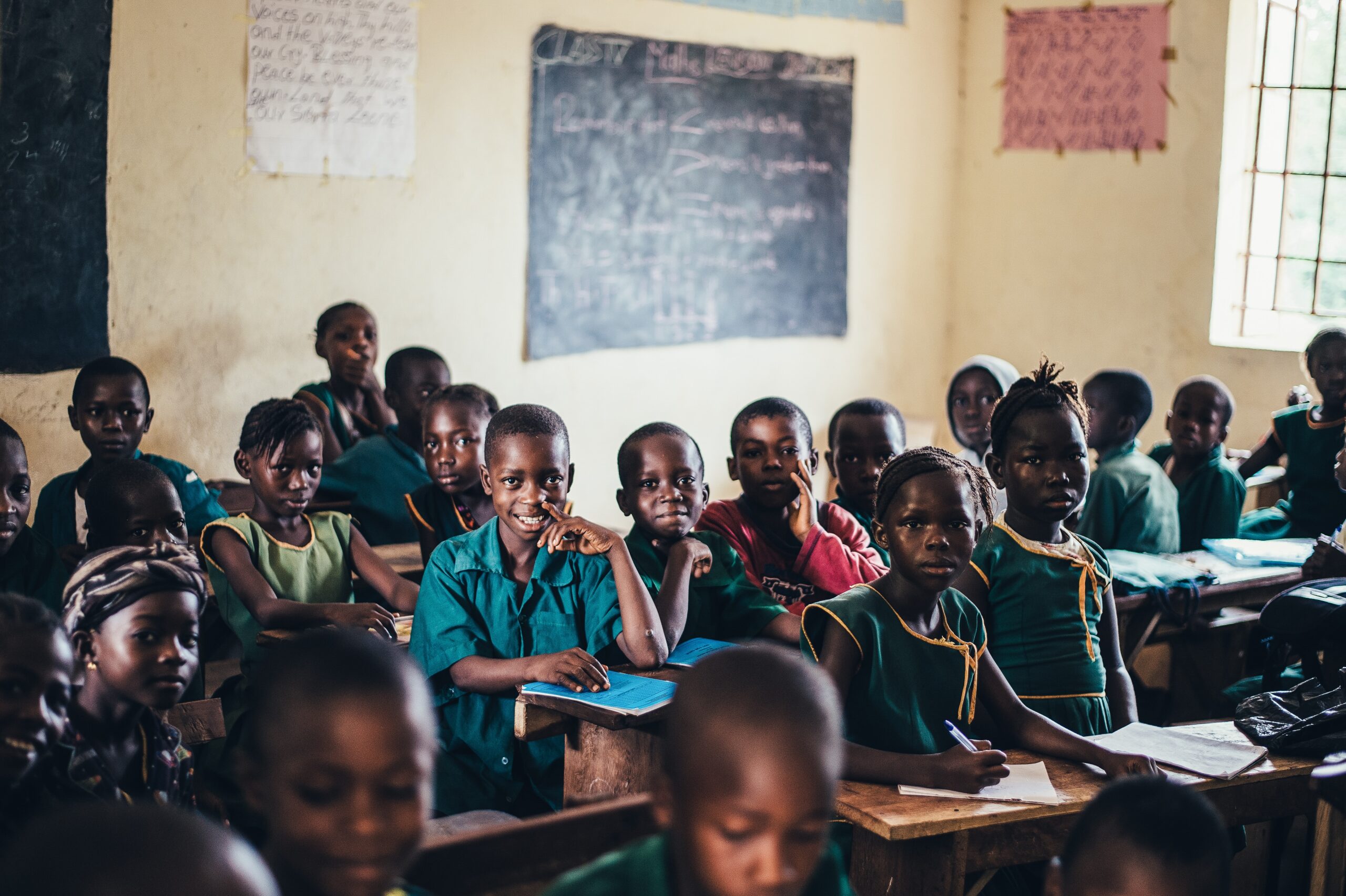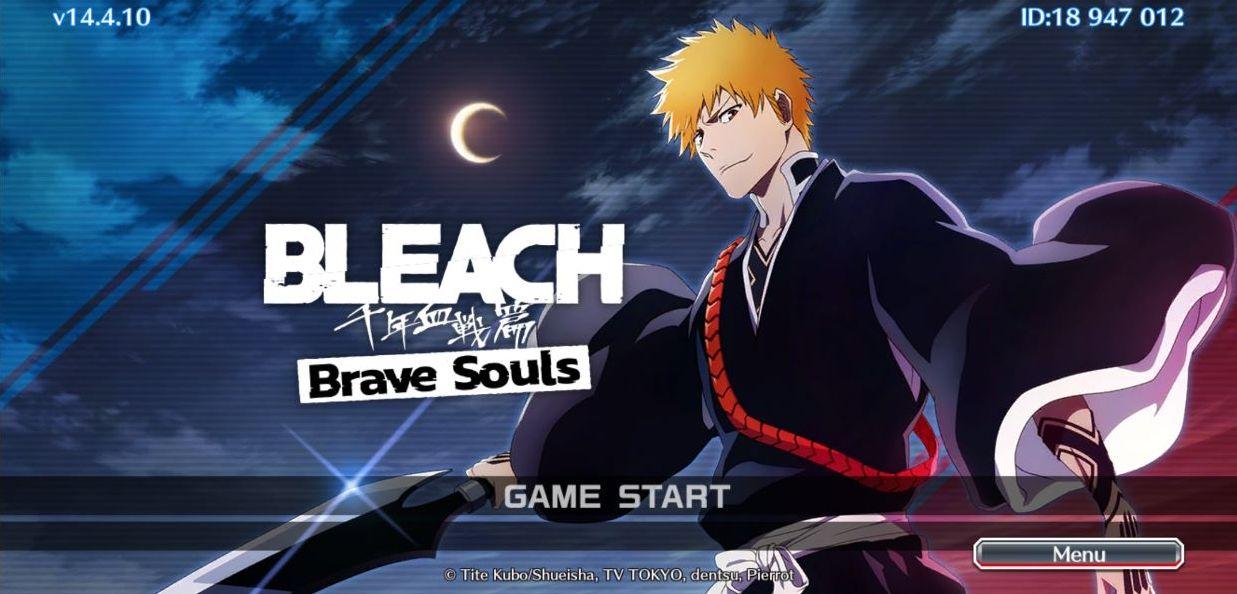In this article, we will delve into the introduction of the education system to human civilization, tracing its evolution over the decades, and examining what it has ultimately transformed into. Finally, we will contemplate whether it aligns with our ideals when we seek viable education options for our children.
A brief history of the education system in India
The Gurukul system was the inaugural educational system introduced in India. Within these institutions, students would live and study alongside their gurus or teachers. The Gurukul system was a residential schooling model that can be traced back to around 5000 BC. During this era, both the shishya (student) and the guru (teacher) would either reside within the guru’s ashram (home) or in close proximity to each other, fostering a unique and intimate learning environment.
The foundation of education in the Gurukul system extended beyond mere reading and memorization of information. It encompassed the comprehensive development of a child, encompassing their mental, cognitive, physical, and spiritual well-being. Subjects taught included religion, holy scriptures, medicine, philosophy, warfare, statecraft, astrology, and a wide array of other disciplines.
Furthermore, the primary focus was on nurturing students’ human values, including self-reliance, empathy, creativity, and the cultivation of robust moral and ethical behaviors. The ultimate goal was to equip students with knowledge that could be practically applied to address real-life challenges and find meaningful solutions.

Present day education system
Education has evolved significantly from its humble beginnings. In today’s contemporary educational landscape, we witness the implementation of transformative initiatives like Sarva Siksha Abhiyan, inspired by the principles enshrined in the Right to Education Act, alongside the rise of prestigious international private schools. Within the present Indian education system, there exists a profound emphasis on the comprehensive study of pivotal subjects, including the Indian freedom movement, constitutional publications, and other foundational topics. These subjects are meticulously woven into the curriculum with the aim of nurturing in students a deep-seated understanding of national identity and the rich tapestry of the country’s historical heritage.
Furthermore, modern curricula are thoughtfully crafted to encompass a panoramic exploration of the multifaceted cultures thriving across India. This holistic approach extends to offering a diverse array of essential academic disciplines, official languages, and regional dialects. In the contemporary educational landscape, there is a prevailing emphasis on evaluating students based on their scholastic achievements, their ability to engage with the material, and their mastery of acquired knowledge, all meticulously measured through a rigorous grading system.
There is an imperative necessity to bridge the existing chasm between primary and secondary education offered at the school level and the advanced education provided at the post-secondary level. Within the realm of schooling, the present educational system in India is constrained and primarily focused on furnishing students with fundamental knowledge essential for comprehending core academic disciplines like Mathematics, Science, Social Science, and more.
Upon completing their senior secondary education, students are often confronted with the choice of pursuing degree or diploma programs, which tend to be more specialized. Consequently, many students find themselves grappling with the dilemma of selecting the most suitable path after the 12th grade. Hence, it is crucial to narrow this gap, enabling students to explore and discern their interests during their formative years of schooling. This proactive approach would subsequently empower them to make informed decisions when choosing the right undergraduate course after the 12th grade.

Challenges in present day education system
The Indian educational system, with its rich historical legacy and diverse cultural heritage, serves as a source of both pride and concern for the nation. As the world evolves at a rapid pace, so do the formidable challenges confronting the education sector. In this blog, we embark on an exploration of the paramount challenges that currently beset the Indian educational system, impeding its progress, and proffer potential solutions to alleviate these pressing issues.
Rote Learning vs. Critical Thinking
One of the most persistent quandaries within the Indian education system is the undue emphasis placed on rote learning. Students are frequently tasked with memorizing facts and figures rather than honing their critical thinking, problem-solving, and analytical skills. This pedagogical approach confines their capacity to apply knowledge in real-world contexts, stifling creativity and innovation. To rectify this, there is a pressing need to overhaul the curriculum, fostering experiential learning, hands-on activities, and open-ended discussions that nurture independent thought.
Pressure-Cooker Environment
In the Indian educational landscape, a student’s intelligence and competence are often solely determined by their academic grades. Moreover, extracurricular pursuits are often viewed as distractions from academic pursuits. This perspective stems from the prevalent notion that success can only be achieved through professions such as medicine, law, engineering, or chartered accountancy. This intense competition within the Indian education system has engendered an environment akin to a pressure cooker for students. From a tender age, they are relentlessly pushed to excel academically, frequently resulting in profound stress, mental health issues, and burnout. The system’s fixation on high-stakes examinations as the sole yardstick for success compounds this problem. Schools should transition to a holistic educational paradigm that values personal growth, emotional well-being, and extracurricular engagement, thus alleviating the undue burden on students.
Outdated Curriculum
The curriculum in many Indian educational institutions often remains outmoded and disconnected from the swiftly evolving world. In the era of digital transformation, there is a compelling imperative to incorporate subjects such as computer programming, artificial intelligence, and practical life skills into the educational framework. A flexible curriculum that adapts to societal shifts and technological advancements is essential to equip students with pertinent competencies for the future job market. The disconnect between the education imparted and the skills demanded in the contemporary world leaves graduates ill-prepared to enter the workforce or make substantial contributions to society.
Solution: Regularly revising and updating the curriculum to include current and pertinent content is imperative. Collaboration between educational institutions and industries can facilitate the identification of in-demand skills, enabling adjustments to the curriculum accordingly.
Lack of Quality Teachers
The caliber of education is intrinsically linked to the quality of educators. Nevertheless, India grapples with a shortage of well-trained and motivated teachers. Additionally, the teaching profession is not always considered attractive due to comparatively modest salaries, a dearth of professional development opportunities, and social standing. Addressing this challenge necessitates investments in teacher training programs, improvements in working conditions, and the recognition of the pivotal role played by teachers in molding young minds. The shortage of proficient and qualified teachers poses a substantial hurdle in the Indian educational system. Numerous schools, especially in rural areas, encounter difficulties in recruiting and retaining skilled educators, thereby compromising the quality of learning experiences for students.
Solution: Enhancing training programs and professional development opportunities for teachers is indispensable. Offering competitive salaries, ameliorating working conditions, and acknowledging the vital contributions of educators can help attract and retain talent within the teaching profession.
Inequity in Access to Education
The chasm in access to quality education remains a formidable challenge, with stark disparities between urban and rural regions. Remote and marginalized communities often lack adequate schools, proficient educators, and educational resources. While government initiatives such as the Right to Education Act have made strides, concerted efforts are required to ensure that every child, irrespective of their background, enjoys equal access to education.
Funding and Resource Allocation
Inadequate funding and misallocation of resources present significant hurdles in the Indian education system. Many educational institutions grapple with subpar infrastructure, outdated teaching materials, and limited access to technology.
Implications: These challenges bear far-reaching consequences for India’s future development and global competitiveness. A subpar education system impinges upon the employability of graduates, impedes innovation, and perpetuates socio-economic disparities. Without addressing these challenges, India risks lagging behind in the increasingly knowledge-driven global economy.
Scope for change
In an era of evolving dynamics, it becomes imperative to reassess current institutional norms and devise strategies for enhancing a child’s overall development during their formative years within educational institutions. While the Right to Education Act has made significant strides in boosting the overall literacy rate, it is essential to pivot towards amending its goals to focus on enhancing the skill sets of children, especially those hailing from average to disadvantaged socio-economic backgrounds. For many students in these circumstances, their primary aspiration is to become valuable contributors to their family’s economic well-being.
In such families, where daily income is essential to make ends meet, it becomes crucial for every member, including children, to participate in economic activities. To address this challenge, the government can explore innovative ways to prioritize educational funding and implement an education system that introduces high school students to various technical skills. These skills would empower them to start earning a decent income, enabling them to continue their education while simultaneously contributing significantly to their family’s financial stability.
By strategically integrating practical skills into the educational curriculum, we can uplift the socio-economic status of these families over time. This approach not only equips students with employable skills but also fosters a sense of self-sufficiency, self-esteem, and a stronger connection to their educational journey. It aligns education more closely with the economic realities of many students’ lives, ensuring that they are better prepared to navigate the challenges and opportunities of the modern world. Ultimately, it sets the stage for more inclusive and holistic education that empowers every child to realize their full potential and become active contributors to their families and society at large.




